11 Things You Didn’t Know Had Racist Origins
Some things are so obviously and inherently racist that no one can deny it. However, some things are so ingrained in our culture that we don’t even realize they’re racist.
In our everyday lives, we often use words, and phrases, and engage in traditions without realizing their deeper, and sometimes disturbing, origins. Many of these have roots in racism, reflecting historical prejudices that have been obscured over time. These are aspects of our culture that were born out of racism, and we should all try to leave them in the past.
1. Master Bedroom

The term “master bedroom” is commonly used in real estate to describe the largest bedroom in a home. However, its origins are linked to the era of slavery in the United States, where the “master” referred to the head of the household, often a slave owner. This term evokes the power dynamics of slavery, although it is still widely used in modern real estate.
We think of the “master bedroom” as just the largest bedroom. But we need to change our vocabulary. We could call it the “main bedroom,” “primary bedroom,” “owner’s suite,” or a million other things that aren’t rooted in slavery.
2. Square Dancing
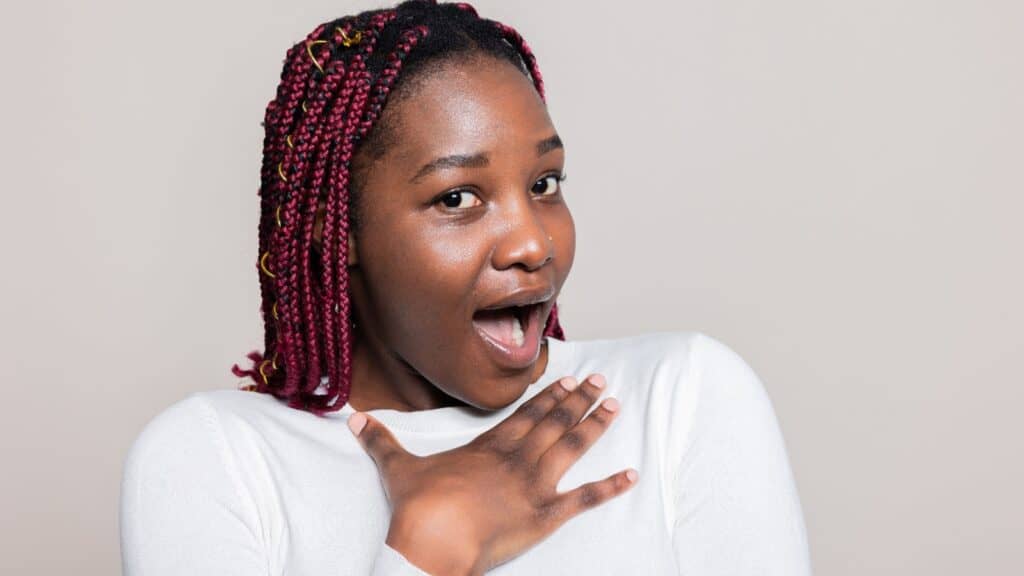
Square dancing has racist roots tied to Henry Ford’s efforts in the 1920s to promote “traditional” American values. Ford, known for his anti-Semitic and racist views, saw square dancing as a way to counteract the influence of jazz music, which he associated with Black culture.
He funded square dancing programs in schools and communities across the U.S., aiming to preserve what he saw as white Anglo-Saxon traditions. This racist origin is often overlooked in modern square dancing culture. To this day, 31 of the 50 US states have square dancing as their official state dance.
3. Eenie, Meenie, Miney, Mo
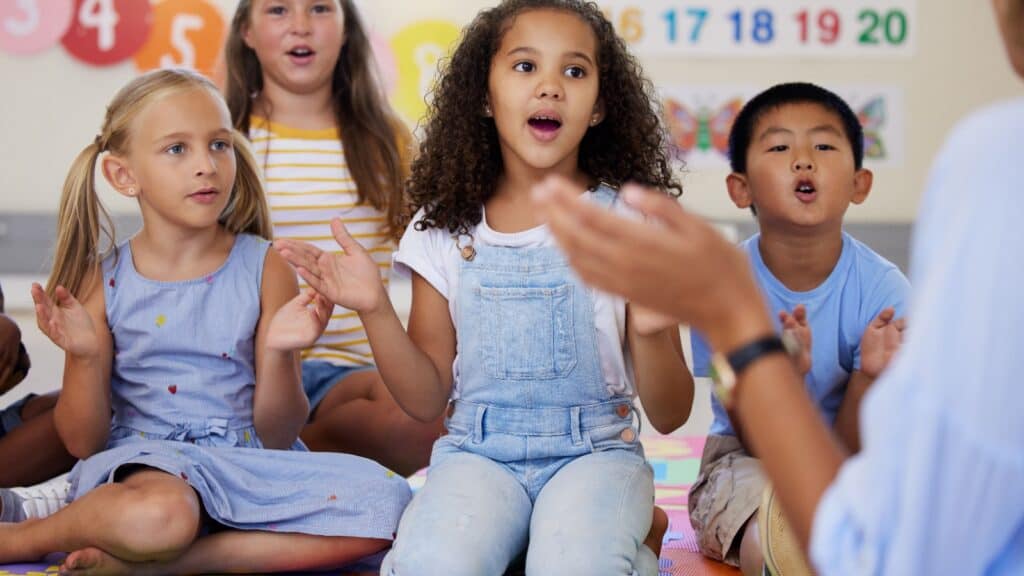
If you thought square dancing seemed innocuous, wait ‘til you learn about how messed up some children’s songs are. This children’s counting rhyme is often used to make selections, but its original version included a racial slur. The rhyme was used in a derogatory context, reflecting racial prejudices.
While the offensive language has been removed in modern versions, the rhyme’s origins remain problematic. It’s the “Catch a tiger by the toe” part at the end that is the issue. Instead of “tiger,” it was the n-word. In some ways, replacing this slur with an animal only further perpetuates racist attitudes.
4. Peanut Gallery
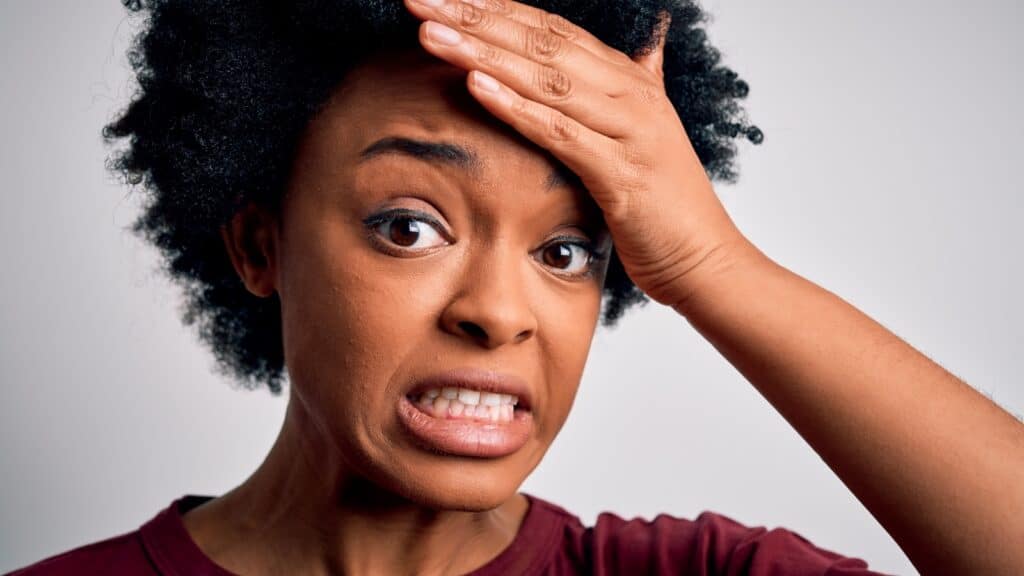
The phrase “peanut gallery” refers to a source of heckling or unwanted commentary, often from less-informed individuals. For example, if you’re telling a story and someone keeps interjecting, you might remind them that you didn’t ask for opinions from the peanut gallery.
The term originated in vaudeville theaters, where the “peanut gallery” was the cheapest section, typically occupied by Black patrons. The term carries a legacy of racial segregation and discrimination. It’s used humorously, masking the dark origins, but needs to be removed from our colloquialisms.
5. Cakewalk

A “cakewalk” is often used to describe something that is easy to achieve. However, it originated as a dance performed by enslaved Black people in the Southern United States, who mocked the mannerisms of their enslavers. The dance was later appropriated by White performers in minstrel shows, further entrenching its racist roots.
This one is complicated because it originated as a term Black people used to make fun of White people. But because of the unbalanced power dynamics and centuries of oppression, White people were comfortable enough to appropriate it. Today, most of us use it without the slightest idea of where it came from.
6. Uppity

“Uppity” is often used to describe someone as arrogant or presumptuous. During the Jim Crow era, it was a derogatory term used by White people to describe Black individuals who did not show the expected level of deference. It implied that Black people were overstepping societal boundaries.
Calling an arrogant person “uppity” seems perfect, because they think they’re up above everyone else. And it makes perfect sense. But the term comes from White supremacy interpreting Black people minding their own business as some sort of offense or assault. Talk about arrogance.
7. Paddy Wagon

When discussing ingrained racism, we mostly talk about things offensive to Black or Indigenous people. However, American culture has racist terms and traditions that represent the oppression of many groups, including Irish immigrants. The term “Paddy wagon” is for a police van and has roots in anti-Irish sentiment.
“Paddy” was a derogatory term for Irish immigrants, who were often stereotyped as drunk and disorderly. Today, people often talk about the “Paddy wagon” whenever someone is arrested while intoxicated. The term reflects historical prejudices against the Irish community and is offensive, even though the Irish are completely assimilated into America.
8. Old Maid Card Game
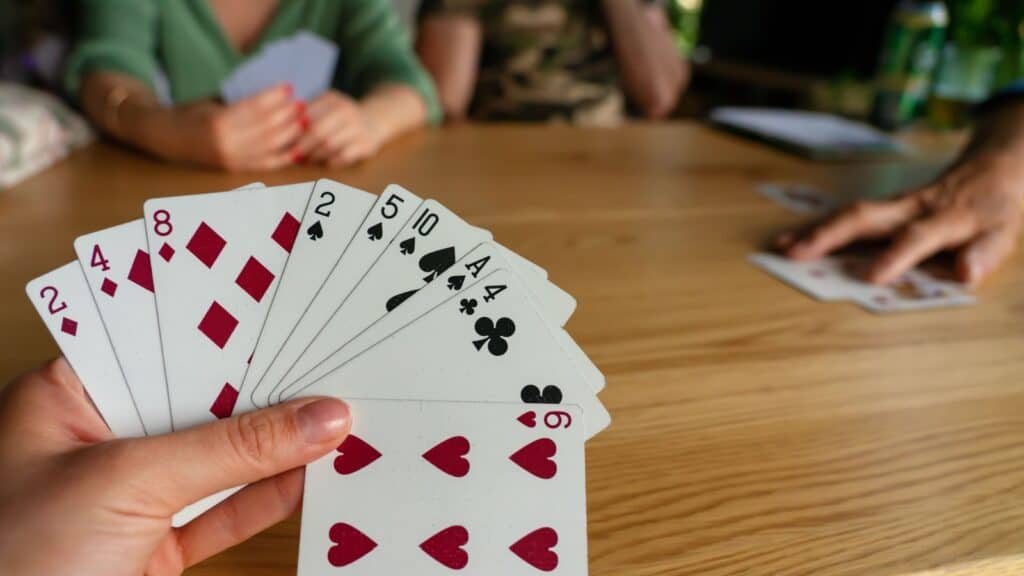
The Old Maid card game, a staple in many households, has a history of using derogatory racial stereotypes. How sad is it that some of the most innocent things are drenched in racism? Early versions of the game included characters with offensive names and images, such as “Lily White,” “Jazzbo Jackson,” and “Melon Moe,” which perpetuated negative stereotypes of African Americans. And at the same time, supported White supremacy ideas.
Luckily, the early versions of the game are not available, and the game has been updated. However, it’s still important to understand the dark origins of these types of games. It acknowledges how intertwined American history and racism is.
9. Tipping Culture
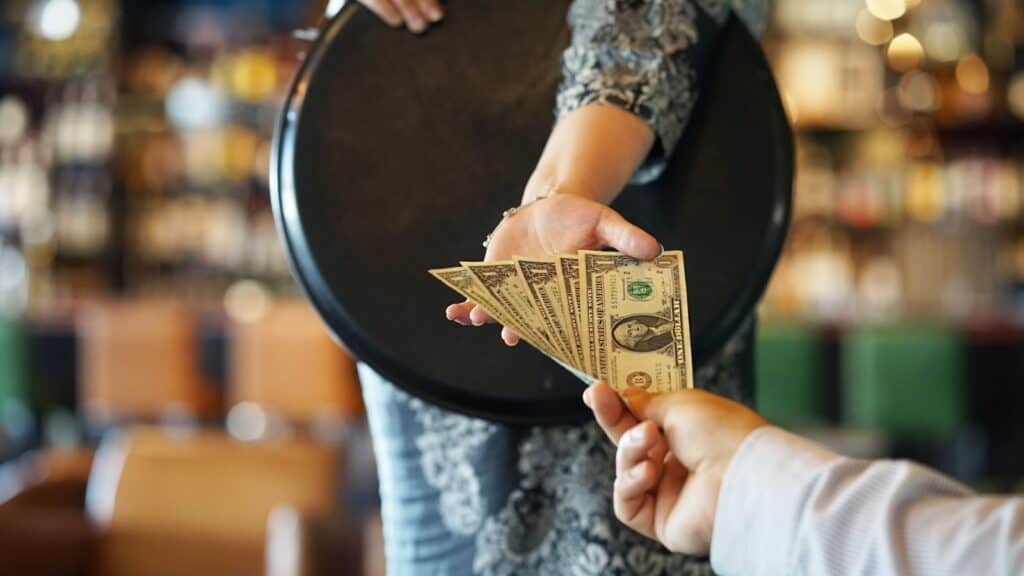
Many people are unaware of the racist origin of this now-common practice. The practice of tipping in the United States has roots in the post-Civil War era and was a way for employers to avoid paying newly freed slaves, allowing them to work for tips only.
Interestingly, tipping is a very controversial topic, but not because of its racist roots. Adding this information to the conversation can provide context and further showcase how tip culture is harmful. How are we still using a wage system that was invented to not pay people with newfound freedom?
10. Standardized Testing

Standardized tests, like the SAT, have roots in the eugenics movement, which is disgusting and abhorrent. Carl Brigham, one of the test’s creators, believed in racial differences in intelligence. The tests were used to “prove” that White people were more intelligent, but they were essentially rigged to do so.
This origin is not widely known among test-takers today, but needs to be. While the tests have been dramatically changed, the concept of standardized testing is still outdated. These tests do not account for so many factors, boxing people in based on a single score.
11. Caucasian as a Term for White People

The term “Caucasian” to describe white people comes from a now-discredited theory of racial classification by Johann Friedrich Blumenbach, who believed that people from the Caucasus region were the ideal human specimen. Like the concept of standardized testing, this theory was dismantled, yet the term “Caucasian” persists.
It’s similar to how people still associate vaccines with autism, despite the complete falsehood of the researcher and researcher who first presented the theory. Frankly, Blumenbach’s theory was completely devoid of logic and obviously biased. While the term itself is not necessarily offensive (although it can be) it is a part of an incredibly offensive narrative and concept.
The More You Know

Understanding the origins of these terms and traditions is crucial in acknowledging and addressing the embedded racism in our language and culture. It seems that it’s the most innocuous phrases and traditions that have racism embedded in them. These are rhymes that children chant, games that kids play, and tests that teenagers take.
Truly dismantling racism requires us to acknowledge and eliminate all evidence of racism in our culture. By being aware of these histories, we can choose language and practices that are more inclusive and respectful, contributing to a more equitable society.
20 Everyday Words Constantly Mispronounced by Americans

Americans often struggle with pronouncing certain words, leading to widespread mispronunciations that have become commonplace in everyday speech. From tricky silent letters to borrowed foreign terms, these linguistic challenges affect speakers across all education levels and regions, highlighting the complexities of the English language.
Based on the search results, here are 20 words that Americans commonly mispronounce:
READ: 20 Everyday Words Constantly Mispronounced by Americans
Yiddish Words You Didn’t Know You Were Using Every Day

English is a vibrant mix of many languages and cultures, and Yiddish—a Germanic language traditionally spoken by Ashkenazi Jews—has left a notable mark on American English. How many of these words have made it into your vocabulary? Do you have a favorite?
READ: Yiddish Words You Didn’t Know You Were Using Every Day
29 Arabic Words You Didn’t Know You Were Using Every Day

The English language is a melting pot of influences from various cultures and languages. Among these, Arabic has made a significant contribution, especially through trade, science, and cultural exchanges over centuries. This article explores the fascinating journey of Arabic words into everyday English, their origins, and their meanings in both languages.
READ: 29 Arabic Words You Didn’t Know You Were Using Every Day
Join Us

Join us on this empowering journey as we explore, celebrate, and elevate “her story.” The Queen Zone is not just a platform; it’s a community where women from all walks of life can come together, share their experiences, and inspire one another. Welcome to a space where the female experience takes center stage. Sign up for our newsletter so you don’t miss a thing, Queen!







